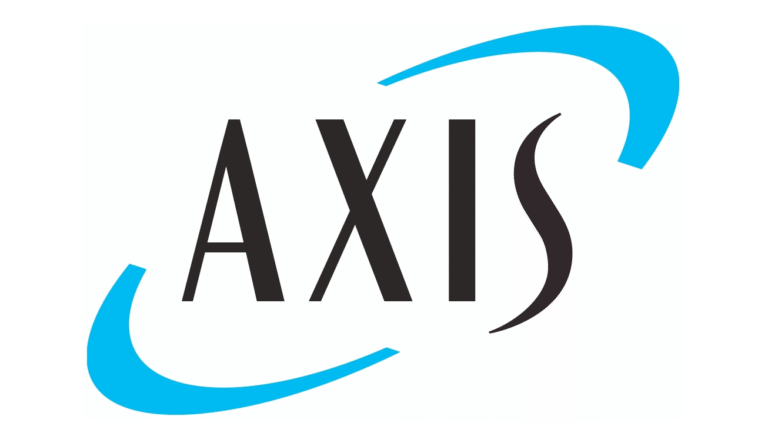
Reciprocal insurance exchanges (RIEs) in the U.S. have seen a wave of growth as new entrants emerge to address capacity shortages in property markets, particularly across the southern coastal states, according to ALIRT Insurance Research.

As of year-end 2024, 72 companies operated as pure RIEs, writing $51 billion in direct premiums and accounting for around 5% of total U.S. property and casualty premiums.
“Reciprocal Insurance Exchanges are once again stepping in to fill coverage gaps, this time in high-risk property markets,” said Ricky Cheney, senior analyst at ALIRT and author of the report. “Their growth underscores both the innovation and the financial vulnerabilities that come with insuring catastrophe-exposed regions.”
The report emphasised the structural distinctiveness of RIEs, which differ from stock or mutual insurers in that policyholders share directly in profits and losses and appoint an “attorney-in-fact” (AIF) to manage operations. This model allows capital flexibility but can also create risk misalignment between policyholders and investors.
Financially, the RIE sector presents a divided landscape. While the largest exchanges—such as USAA, Farmers, Erie, Auto Club, and CSAA—maintain strong capitalisation and conservative operations, smaller and newer RIEs often face pressure from volatile underwriting results. Eight RIEs posted ALIRT Scores below 30, signalling weak financial performance.
ALIRT also warned that the growing involvement of private investors and managing general agents in supporting new RIEs through surplus notes could introduce “moral hazard” dynamics, as external investors may profit from management fees while being less exposed to underwriting losses.
The report noted that legal reforms in Florida and Louisiana, alongside a stabilising reinsurance market, are expected to provide some relief for newer RIEs navigating these challenging conditions.





